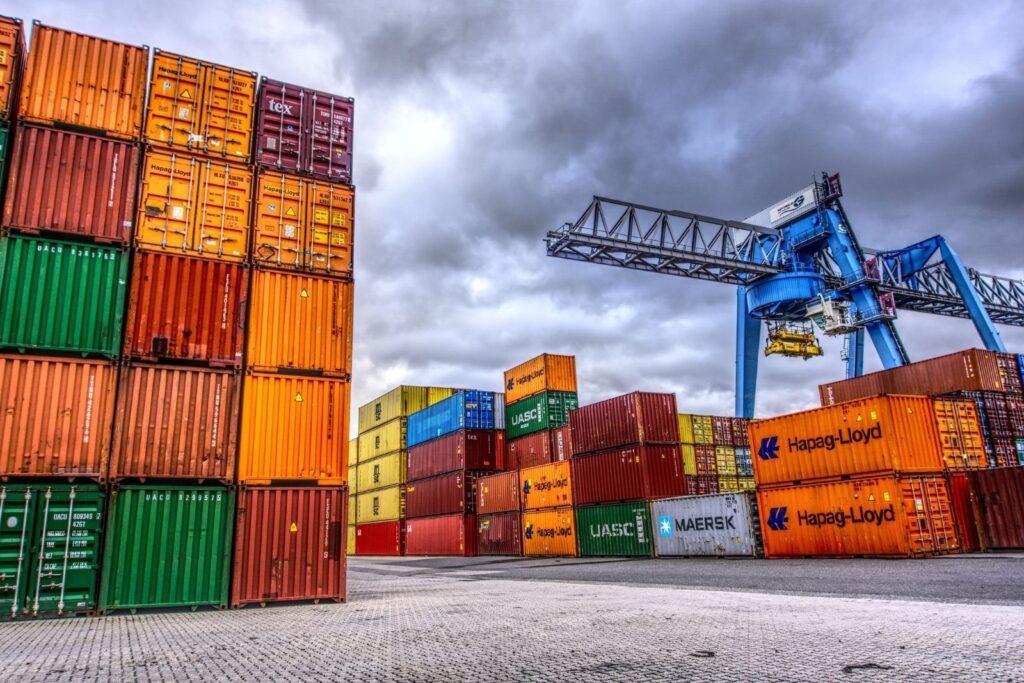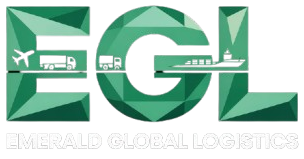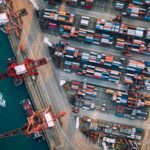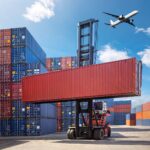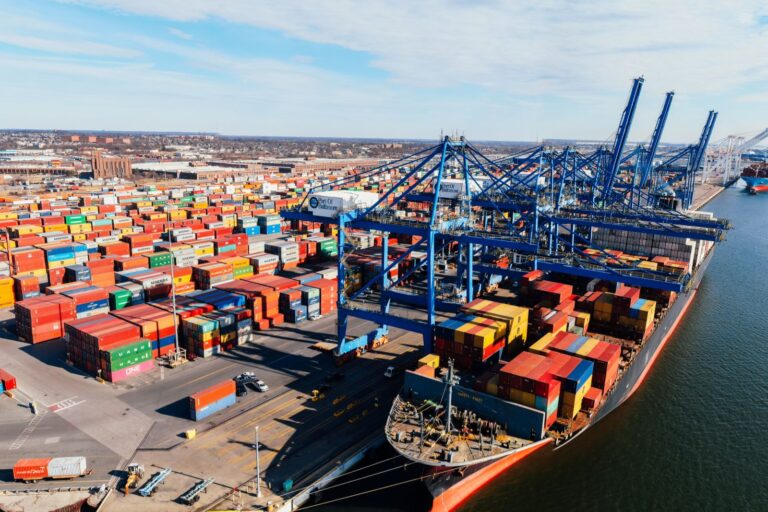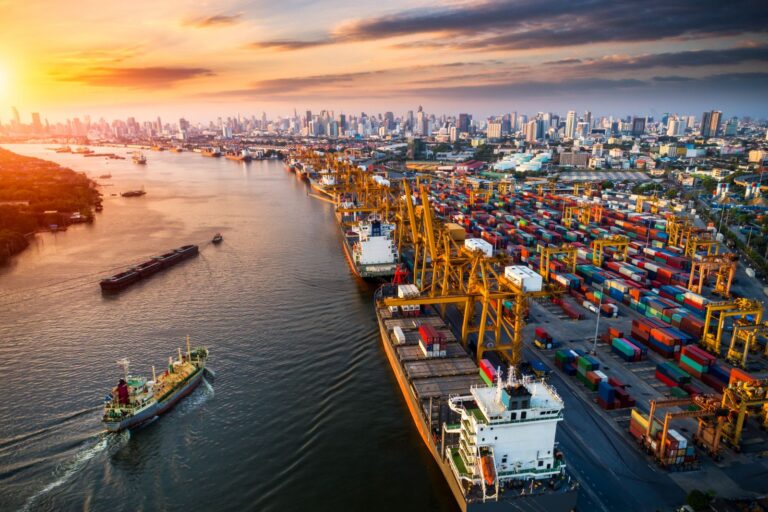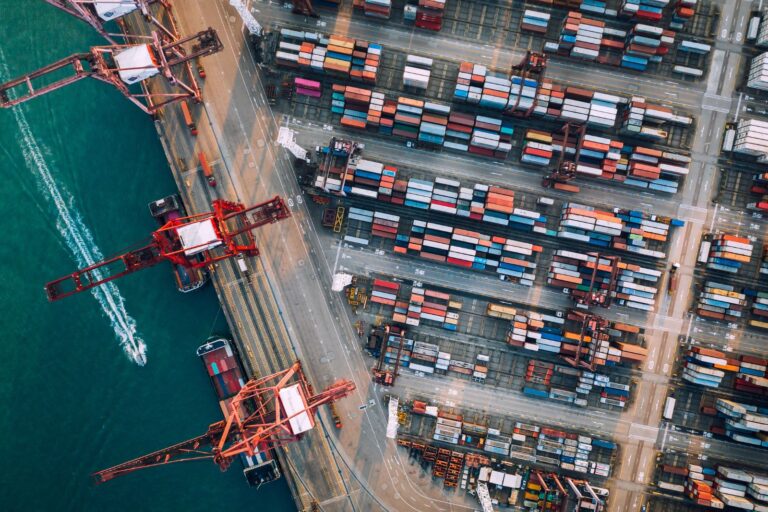Introduction
If you’re planning to import goods into Australia, one of the first questions you’ll ask is: how much customs duty Australia requires on imports?
For many businesses and individuals, navigating customs charges feels overwhelming. Between duty, Goods and Services Tax (GST), and other possible fees, the costs can quickly add up if you’re not prepared. Misunderstanding these charges can result in unexpected bills, delays, or even penalties.
The good news is that with the right knowledge — and the right logistics partner — customs clearance becomes much simpler. At EGL – Emerald Global Logistics, we’ve helped Australian importers streamline their international shipping process by ensuring compliance with customs rules while minimising unnecessary costs.
This guide will break down what customs duty is, how it’s calculated, and what you need to know before importing goods into Australia.
What Is Customs Duty in Australia?
Customs duty is a tax imposed by the Australian Border Force (ABF) on imported goods. It’s designed to protect local industries and ensure fair trade.
In most cases, customs duty is calculated as a percentage of the Customs Value of Goods (CVG), which includes the price paid for the goods, international shipping, and insurance.
In addition to duty, importers usually pay:
- 10% GST (Goods and Services Tax).
- Possible excise duties (for items like alcohol or fuel).
- Quarantine inspection charges for restricted items.
How Much Customs Duty Australia Charges: Typical Rates
The duty you’ll pay depends on the type of goods you’re importing.
General Guidelines:
- 5% duty is the most common rate for many products.
- 0% duty may apply under Free Trade Agreements (FTAs) if goods qualify.
- Higher duties apply to specific items like textiles, footwear, alcohol, and tobacco.
Example Breakdown:
- Machinery and electronics: ~5%.
- Textiles/clothing: up to 10%.
- Alcohol: customs duty + excise + GST.
- Motor vehicles: duty may apply depending on country of origin.
💡 Tip: Use the Australian Border Force’s Working Tariff Document to check exact duty rates for your product classification.
Step-by-Step Guide: How Customs Duty Works
- Classify Your Goods
- Each product has a tariff code under the Harmonized System (HS).
- This determines the duty rate.
- Determine Customs Value
- Includes the cost of goods, insurance, and freight (CIF value).
- Apply Duty Rate
- Multiply the customs value by the relevant duty percentage.
- Add GST
- GST is 10% of the customs value + duty + shipping costs.
- Pay Before Clearance
- Goods are only released once duties and taxes are paid.
Example Calculation:
- Goods value: AUD $10,000
- Freight & insurance: AUD $2,000
- Customs Value: AUD $12,000
- Duty (5%): AUD $600
- GST (10% of $12,600): AUD $1,260
- Total Import Cost: AUD $1,860
Benefits of Understanding Customs Duty
- Accurate budgeting: Prevents unexpected costs.
- Faster clearance: Avoids delays from incorrect documentation.
- Cost savings: Use FTAs to reduce or eliminate duty.
- Compliance: Avoids fines or seizure of goods.
Best Practices for Managing Customs Duty
- Check Free Trade Agreements: Australia has FTAs with countries like China, Japan, and the US. Qualifying goods may have 0% duty.
- Work with a licensed customs broker: They ensure correct classification and compliance.
- Consolidate shipments: Reduces per-unit freight costs and associated duty.
- Keep accurate records: The ABF may audit your imports.
- Consider insurance: Protects against risks while goods are in transit.
Common Mistakes to Avoid
- Misclassifying goods under the wrong tariff code.
- Ignoring GST in total import cost.
- Overlooking quarantine restrictions for certain products.
- Failing to provide proper invoices and shipping documents.
- Assuming Free Trade Agreements automatically apply — proof of origin is required.
Use Cases: Who Needs to Know Customs Duty Rates?
- Small businesses importing products to sell online or in retail.
- Manufacturers sourcing raw materials or machinery from overseas.
- Car importers bringing vehicles into Australia.
- Individuals ordering bulk personal goods above the AUD $1,000 threshold.
Why Work With EGL – Emerald Global Logistics?
Calculating customs duty isn’t always straightforward, but that’s where we come in. At EGL – Emerald Global Logistics, we provide end-to-end freight forwarding solutions that include:
- Licensed customs brokerage.
- Accurate tariff classification to avoid overpayment.
- Advice on using Free Trade Agreements.
- Seamless integration of shipping, customs, and delivery.
👉 Learn more about us: About EGL
FAQs – How Much Customs Duty Australia
1. How much customs duty does Australia charge on imports?
Most goods attract a 5% duty, but rates vary by product type and trade agreements.
2. Do I always pay customs duty when importing into Australia?
Not always. Some goods under Free Trade Agreements qualify for 0% duty.
3. How is customs duty calculated in Australia?
It’s based on the customs value of goods (CIF) multiplied by the tariff rate.
4. Do I pay GST as well as customs duty?
Yes. 10% GST is applied on top of duty, freight, and customs value.
5. Can EGL help with customs clearance?
Yes, EGL provides expert customs brokerage services to simplify imports.
Conclusion – Simplify Your Import Process
Understanding how much customs duty Australia charges is essential for any importer. With correct classification, compliance, and use of trade agreements, you can reduce costs and avoid delays.
At EGL – Emerald Global Logistics, we help Australian businesses handle every aspect of freight forwarding, customs clearance, and delivery with ease.
👉 Ready to simplify your imports? Contact EGL today for expert logistics support.
